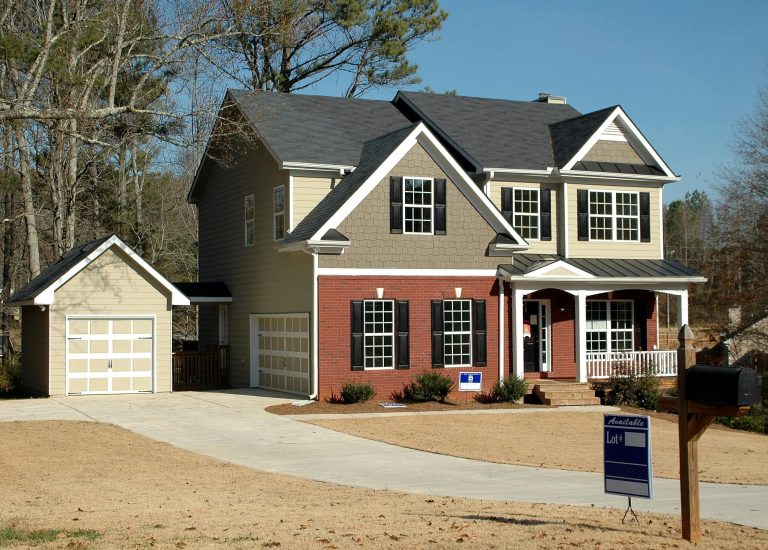When A Plumber Says Something Is Not To Code After You Buy
A reader recently wrote in with a scenario that comes up more often than you might think. They bought a home about 6 months ago. During some plumbing work their plumber said parts of the system were not to building code. The big question followed. Can they hold the home inspector liable for not flagging it
Here is the clear answer and the practical guidance to go with it.
What A Home Inspection Really Covers
A home inspector’s primary role is to identify material defects that affect the function safety or life of systems and components. The second part of the job is education. A good inspector shows you where the main water shutoff is how to change a furnace filter where the gas meter is and how to operate key systems.
A standard inspection is a limited visual examination that lasts a few hours. It is not a building code compliance inspection. Inspectors do not cite building code line items unless a visible condition is unsafe or clearly defective. Municipal code officials do code enforcement during new construction and permitted remodels. Those are very different jobs.
Why Your Older Home Will Not Match Today’s Code
The reader’s home was built in the 1950s. Building codes evolve regularly. Some states update them annually others every few years. When a home was lawful when built the existing systems are generally considered grandfathered. That means you are not required to tear out working systems just because the code changed later.
If you remodel and pull permits the work being done now must meet the current building code. That is when a municipal inspector reviews plans and inspects progress. Expect this during projects like a kitchen gut a bathroom relocation a service panel upgrade or a new deck.
Not To Code Versus Defect
This difference matters.
- Not to code can simply mean the installation does not match the latest book but still functions safely for its age. Example an older drain configuration that works and does not leak.
- A defect means something is broken unsafe or likely to fail soon. Example an active leak improper venting that causes sewer gas entry or corroded supply lines at risk of bursting.
Home inspectors call out defects. They may add context about age and obsolescence but they are not performing a top to bottom code audit.
What To Do When A Contractor Says Something Is Not To Code
- Ask for specifics in writing. What code section is in question What is unsafe or failing
- Request photos and a repair scope. A clear plan helps you price the fix and decide urgency.
- Get a second opinion. Another licensed contractor may confirm the issue or offer a lower cost remedy.
- Check your inspection report. Many inspectors note age improper materials or recommendations to improve even if not defects.
- Decide if the issue is a defect or an upgrade. Repairs that address safety or function are priority. Upgrades for modern standards can be scheduled with future renovations.
- If you plan a remodel pull permits. Let municipal inspectors confirm the path to current compliance.
Could The Inspector Be Liable
Generally no if the item was not a defect at the time of inspection and was not visible without dismantling finishes. Most inspection agreements limit the scope to what can be seen and operated safely on the day of the inspection. If an inspector missed an obvious defect that was visible and accessible you can ask the inspector to review the case. Reputable firms will reevaluate and in rare cases participate in a remedy.
Budgeting For Future Work In Older Homes
Older homes often need modernization once you open walls. Examples include
- Replacing old galvanized water lines with copper or PEX
- Adding proper plumbing vents or traps when layouts are reworked
- Upgrading knob and tube or aluminum branch wiring during kitchen or bath remodels
- Bringing smoke and carbon monoxide detection up to current standards
This is why a kitchen remodel estimate can vary widely. Hidden conditions change the scope once demolition begins.
Questions To Ask Your Inspector Before You Buy
- Are there any visible defects in the plumbing electrical roof structure or HVAC
- What items are functional but nearing end of life
- If we plan to remodel what upgrades are likely needed to meet current standards
- Where are the main shutoffs and controls for water gas and electrical service
- What maintenance should we plan for in the first year
Bottom Line
The plumbing from the 1950s likely works and is grandfathered. The inspector’s job was to call out defects not do a full code review. Since your plumber’s concern relates to modern standards rather than a failure your best path is to evaluate safety fix what is necessary now and plan the rest during future permitted work.
If you have a similar question I am happy to help you think it through and share what to ask your inspector and contractors. I am retired from day to day brokerage but I can introduce you to a vetted real estate agent in your market who can guide you through inspections offers and repairs with calm and clarity. Reach out and I will connect you with a pro who fits your goals.







